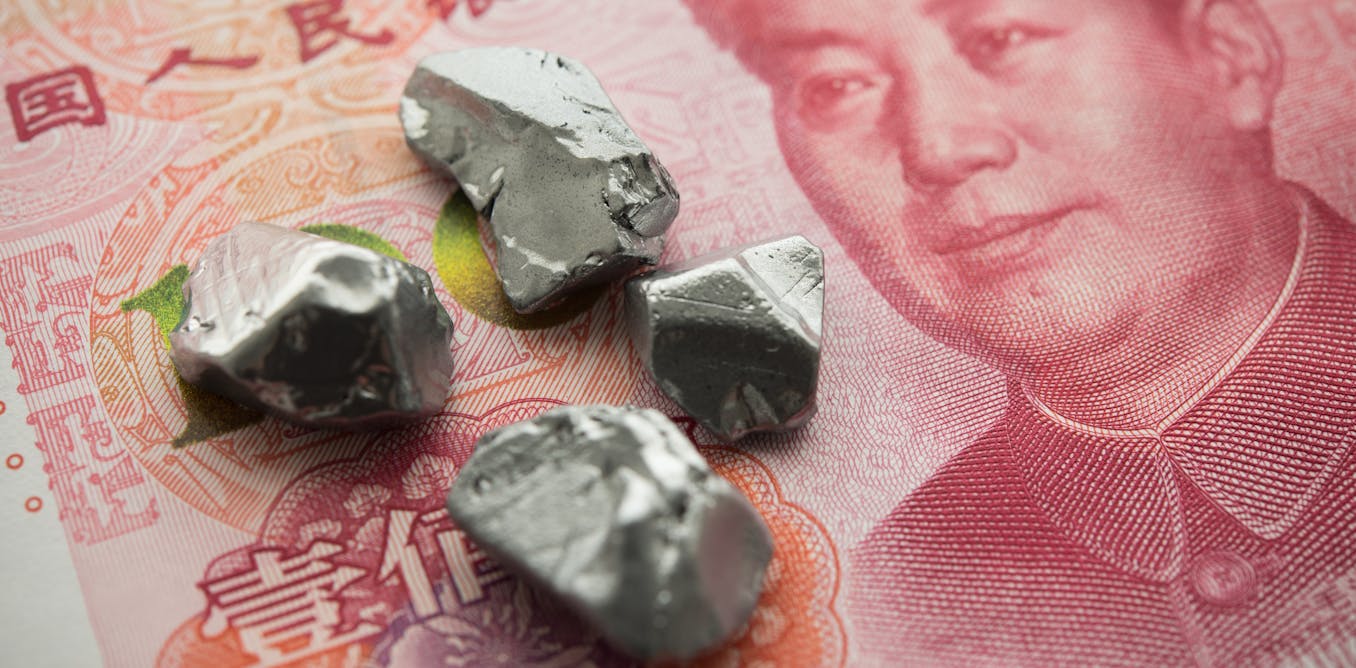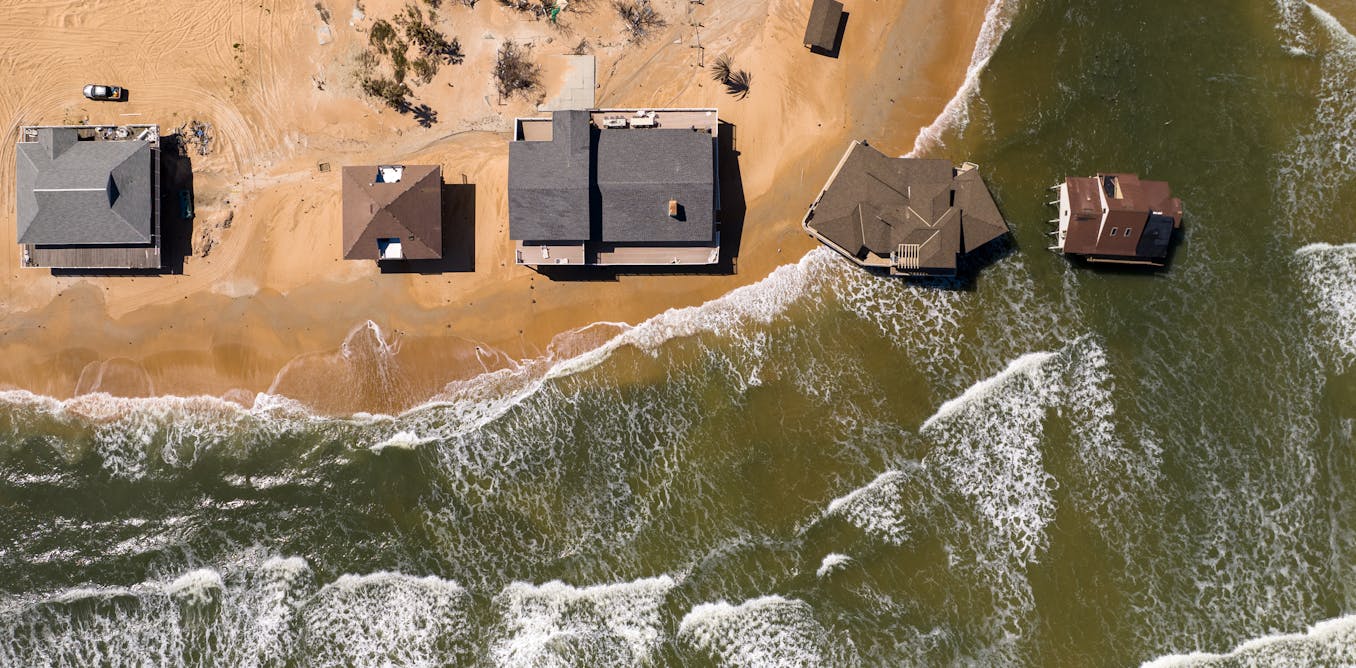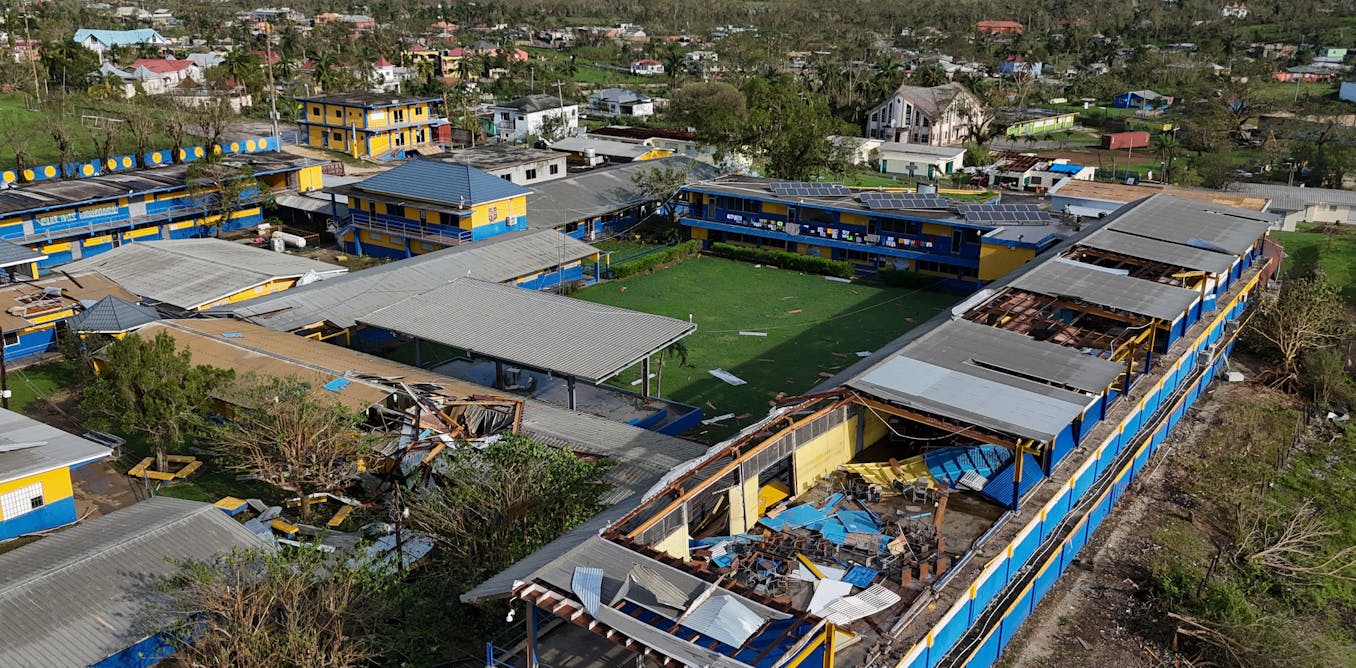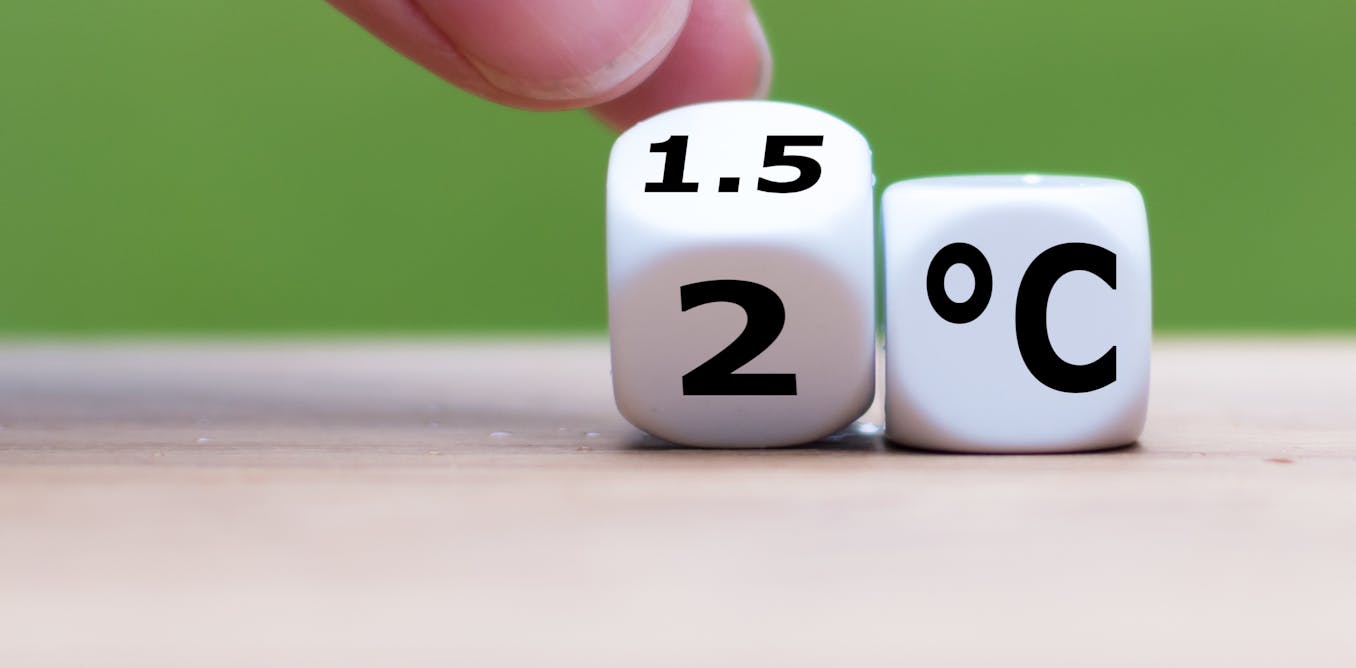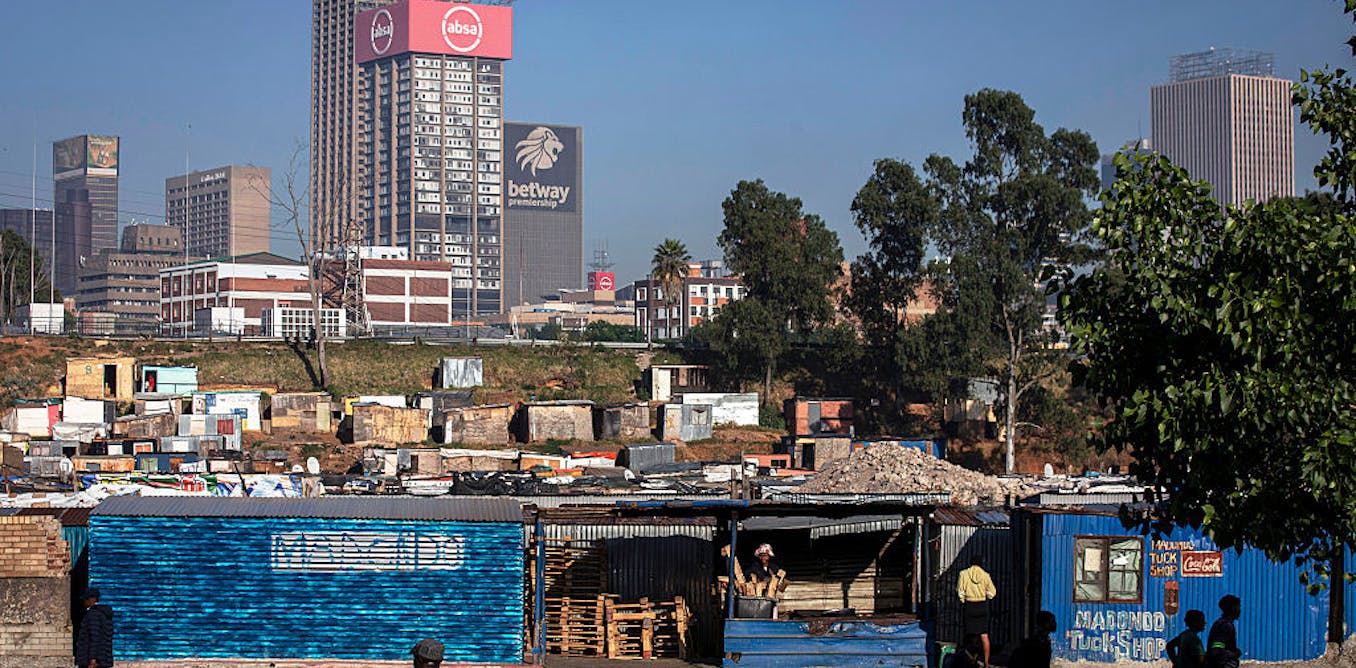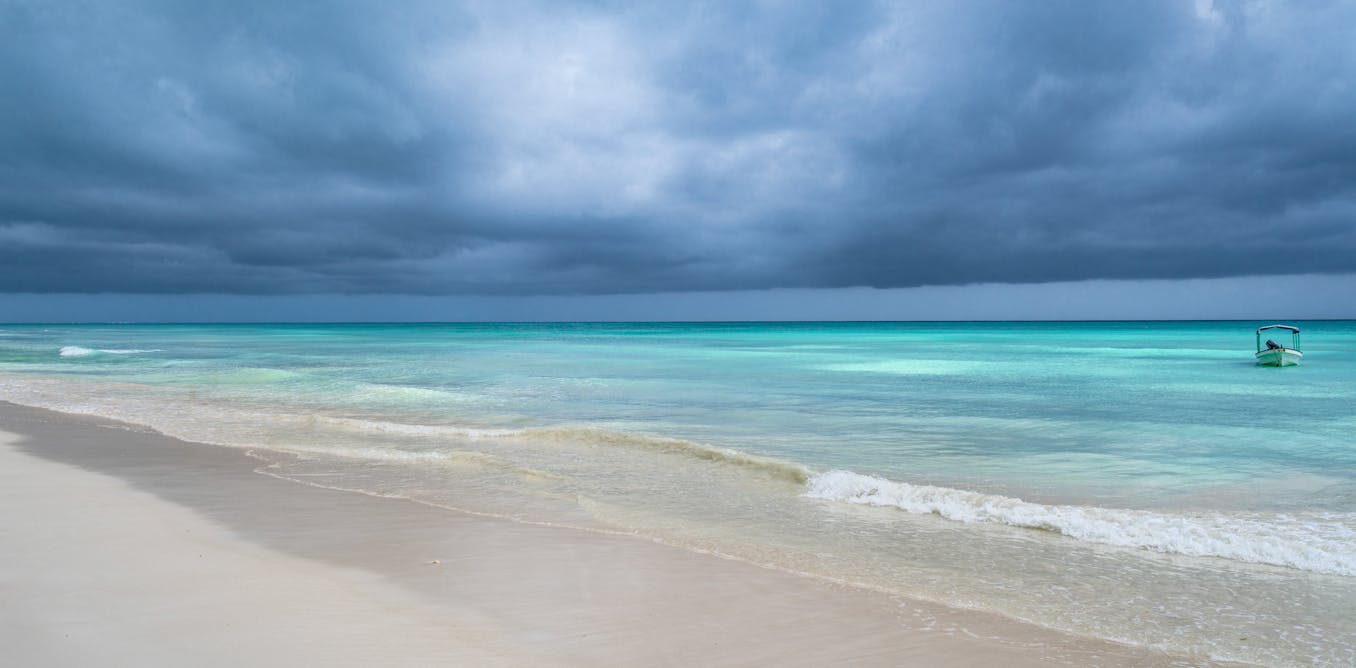Hydrogen-powered cars constitute a drop in the world’s ocean of 1.47 billion cars. The same goes for renewable “green” hydrogen fuel, or any infrastructure to effectively deliver it to vehicles or power their factories. But despite rampant skepticism in some corners, BMW is among the automakers and policymakers convinced that our lightest atomic element holds a key to achieving carbon neutrality—for our personal cars, commercial trucks, and the energy grid itself.
The Bavarian automaker has launched a pilot fleet of iX5 Hydrogen SUVs in South Africa, expanding a “world tour” for the iX5 that kicked off in Antwerp, Belgium. Billed as the world’s most powerful fuel-cell vehicle, the iX5 is based on the X5, which has an internal-combustion engine and is among BMW’s best-selling models.
The iX5 eschews a combustion engine in favor of a 125-kilowatt (170-horsepower) fuel-cell stack. That stack powers an electric drive unit, using BMW’s fifth-generation eDrive technology, at the rear axle. Below the X5’s floor, a massive pair of carbon-fiber-reinforced plastic tanks hold 6 kilograms of hydrogen, pressurized at a hydrogen industry standard of 700 bars (70,000 kilopascals).
BMW’s hydrogen system comes together in Munich and generates 295 kW (401 hp) in the iX5.BMW
Coincidentally—and ideally for doing conversions in your head—one kilo of 700-bar hydrogen contains almost precisely the energy of a gallon of gasoline. A tiny 2.5-kilowatt-hour battery, roughly the size of those in non-plug-in hybrids, supplements power gaps from the fuel cell with a maximum 170 kW (231 hp) of its own. That brings total system output to a robust 295 kW (401 hp), enough to reach a top speed of 180 kilometers per hour (112 miles per hour). Regenerative brakes capture kinetic energy, helping boost the iX5’s total driving range to 504 km (313 miles) on Europe’s Worldwide Harmonised Light Vehicle Test Procedure cycle.
Last year, BMW gave me a fascinating glimpse of its Hydrogen Competence Center as it readied the iX5 Hydrogen for its global development tour. The iX5 has visited nearly every continent and will now reach Australia in 2024, aiming to raise awareness about hydrogen’s role in the energy transition. The iX5 emerges from the nearby Munich Research and Innovation Center (FIZ), where every concept car from BMW Group brands takes shape, including models on the path to showroom production. About 900 employees work at that pilot plant, where BMW has produced fewer than 100 iX5 vehicles so far.
Those fuel-cell operations are a short drive from the century-old Munich factory that BMW is transforming into a leading-edge facility. An ultimate goal is to power that factory and others with renewable energy, including from hydrogen. BMW is the first German automaker to sign onto the United Nations’ “Race to Zero” pledge, with BMW determined to become fully carbon neutral by 2050. And BMW executives and engineers seem convinced that without…
Read full article: BMW’s iX5 Signals the Company’s Push for Hydrogen
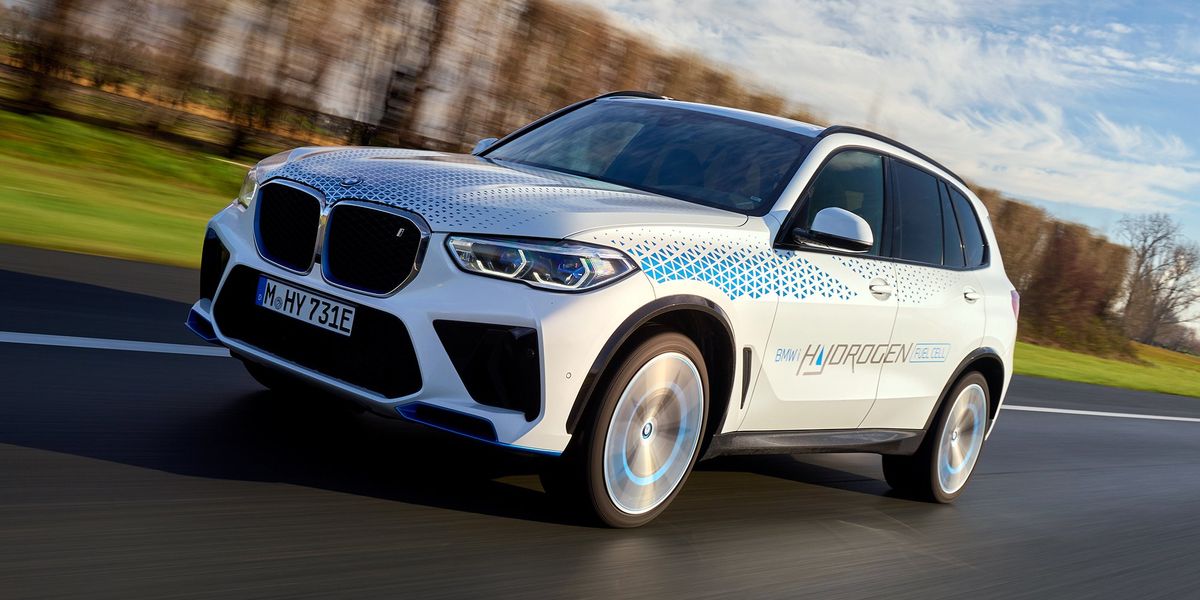
The post “BMW’s iX5 Signals the Company’s Push for Hydrogen” by Lawrence Ulrich was published on 02/22/2024 by spectrum.ieee.org



